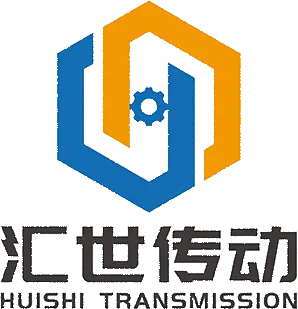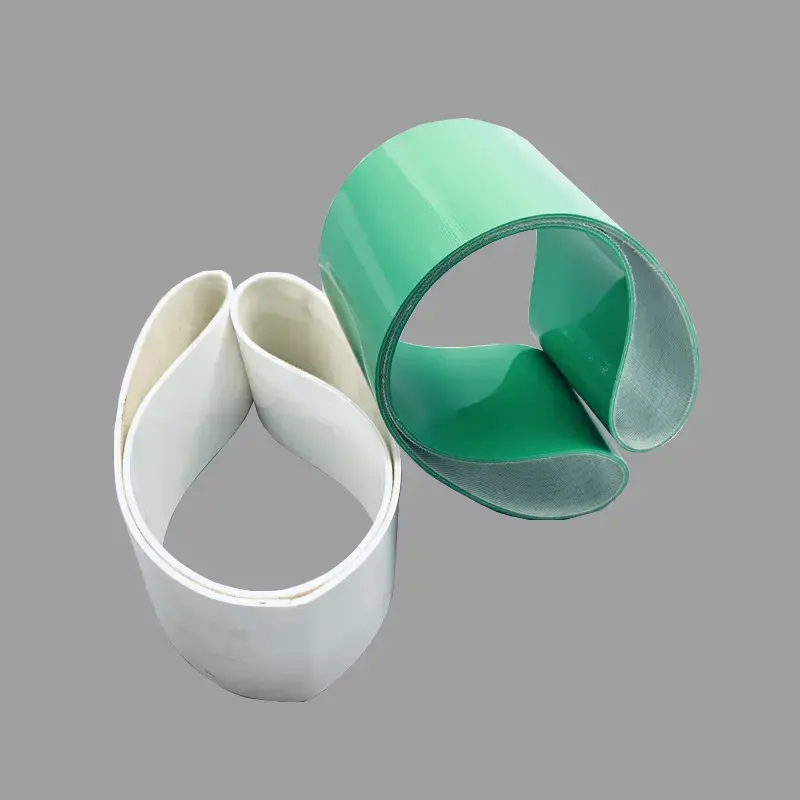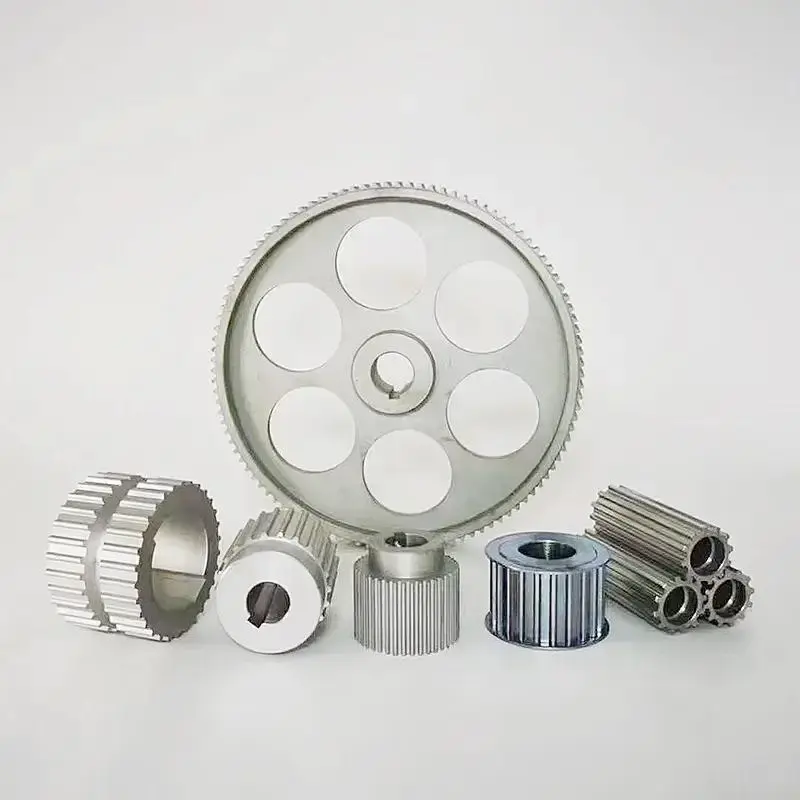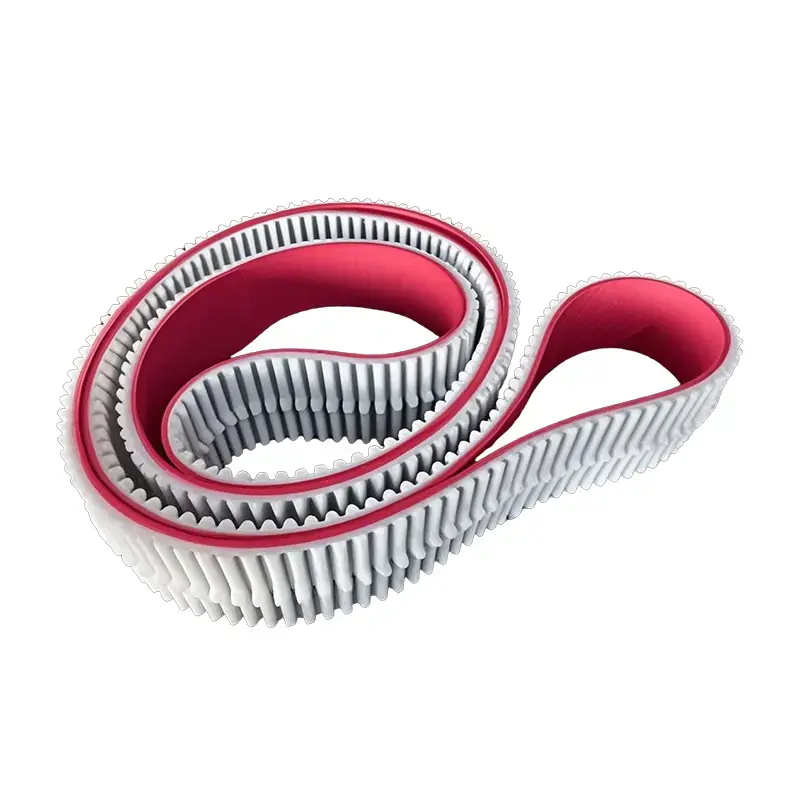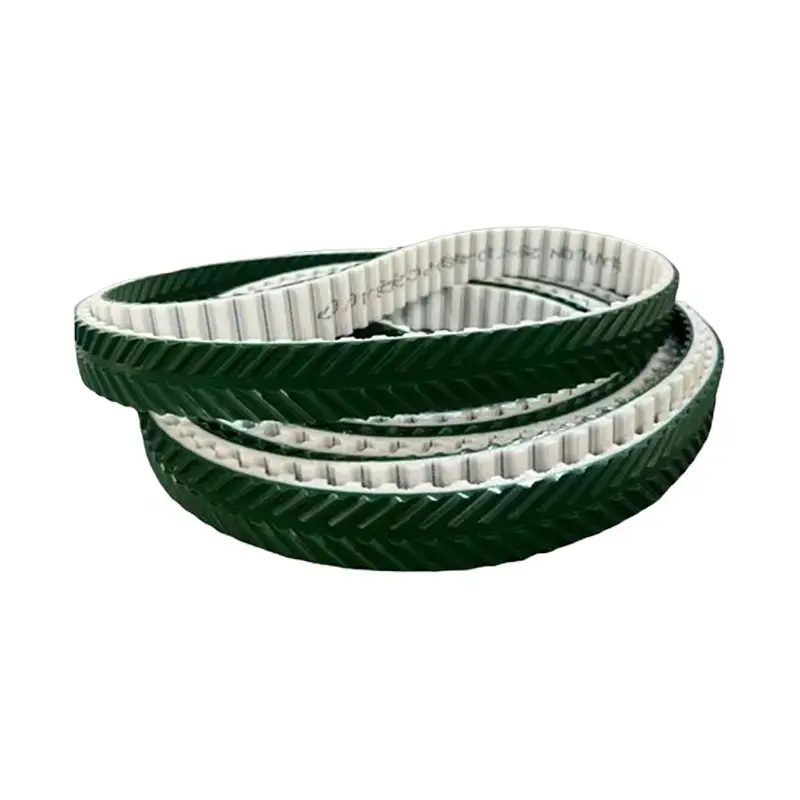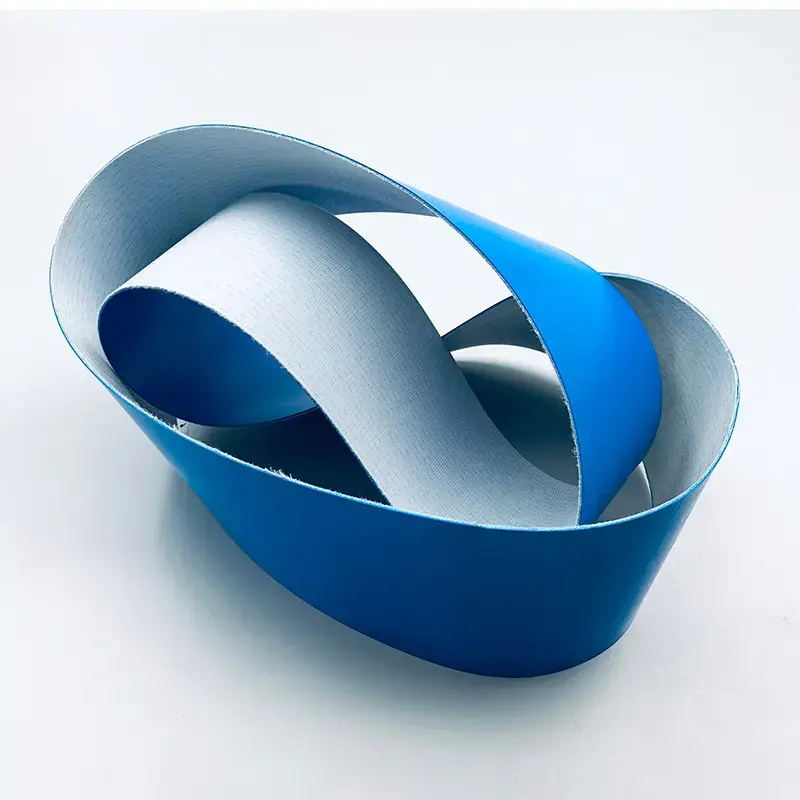 +86-19862000127
+86-19862000127 Toothed Belt: The Precision Powerhouse of Modern Machinery
In the world of industrial machinery, every component plays a vital role. Among them, the toothed belt, or Synchronous Belt, stands out as a true workhorse. Unlike flat belts that rely on friction, a toothed belt uses precisely molded teeth to engage with a pulley's grooves, ensuring a slip-free and perfectly timed rotation. This simple yet ingenious design makes it an indispensable component in a vast range of B2B applications, from automotive engines to manufacturing robotics. For businesses that depend on accurate, repeatable motion, understanding the strategic importance of choosing the right toothed belt is crucial for operational efficiency and success.
The Core Advantages of Toothed Belts in B2B Applications
The superiority of a toothed belt over other drive systems lies in its unique ability to combine power transmission with exceptional precision.
-
Synchronous, Slip-Free Operation: The interlocking teeth on the belt and pulley ensure a perfect, 1:1 rotation ratio. This is essential for applications where timing is critical, such as CNC machines, 3D printers, and conveyor systems. The result is consistent output and superior product quality.
-
High Efficiency and Power Transmission: Toothed belts transfer power with minimal energy loss. They don't require the high tension of friction-based belts, which reduces the load on bearings and extends the lifespan of the entire system. This translates to lower energy consumption and less maintenance.
-
Quiet and Clean Performance: Compared to noisy chains and messy gear drives, toothed belts operate with minimal noise and do not require lubrication. This makes them ideal for environments where cleanliness and low sound levels are a priority, such as food processing plants and medical equipment manufacturing.
-
Minimal Maintenance: Once installed correctly, a toothed belt system requires very little maintenance. There's no need for regular re-tensioning or lubrication, which significantly reduces downtime and labor costs over the life of the belt.
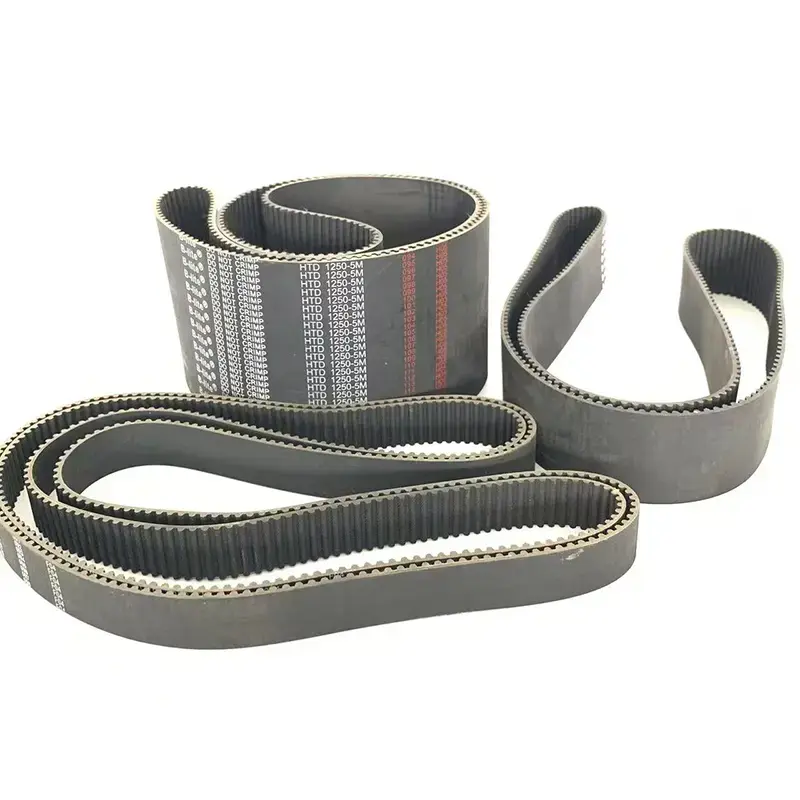
Key Considerations for Choosing the Right Toothed Belt
Selecting the optimal toothed belt for your machinery is a strategic decision that can impact performance, longevity, and cost. Here's what you should consider:
-
Belt Profile and Pitch: The belt's tooth profile (e.g., HTD, GT, T) and pitch (the distance between two teeth) must precisely match the pulley. Mismatched components will lead to premature wear and failure.
-
Material Composition: Belts are made from various materials, each with unique properties. Neoprene belts are a cost-effective option for general use, while polyurethane belts with steel or aramid cords offer higher strength, better chemical resistance, and greater precision for demanding applications.
-
Application Environment: Consider the conditions your belt will operate in. Is it a high-temperature environment? Will it be exposed to chemicals or oil? Choosing a belt with the appropriate material properties will ensure long-term reliability.
-
Tensioning and Installation: Proper tensioning is vital for belt longevity. Both over-tensioning and under-tensioning can lead to premature failure. Following the manufacturer's installation guidelines is key.
The toothed belt is a testament to how a well-engineered component can drive the success of an entire system. Its ability to deliver precise, efficient, and reliable power transmission makes it an indispensable element in modern B2B machinery. By carefully selecting a belt that matches your specific application and adhering to proper installation practices, you can ensure your equipment runs smoothly, reduces downtime, and delivers consistent, high-quality results.
FAQ
Q1: How do I know if a toothed belt is failing? A: Common signs of a failing toothed belt include cracked or frayed teeth, excessive noise, or visible stretching. A visual inspection is the best way to catch issues early.
Q2: Can I replace a toothed belt with a V-belt? A: No. Toothed belts and V-belts operate on different principles. A V-belt relies on friction and cannot provide the precise, synchronous timing required by machines designed for a toothed belt.
Q3: Is a toothed belt stronger than a chain drive? A: While chains are often used for high-torque applications, modern toothed belts can handle significant loads and offer advantages in weight, cleanliness, and quieter operation.
Q4: How important is belt tension for a toothed belt system? A: Extremely important. Correct tension prevents belt slippage and reduces stress on the bearings. Incorrect tension is one of the leading causes of premature belt and component failure.



